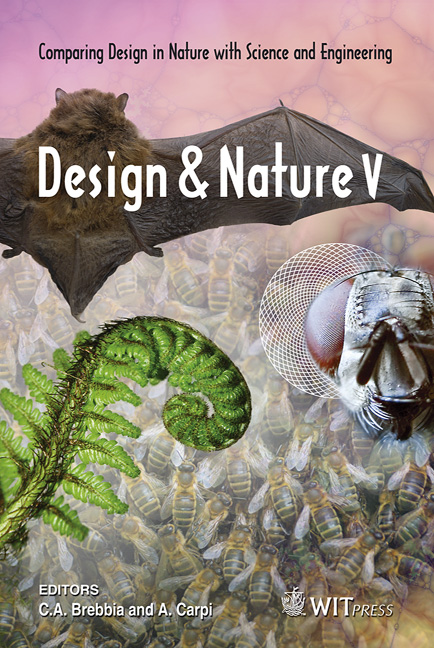The Pedagogy Of Bio-design: Methodology Development
Price
Free (open access)
Transaction
Volume
138
Pages
14
Page Range
545 - 558
Published
2010
Size
4,486 kb
Paper DOI
10.2495/DN100491
Copyright
WIT Press
Author(s)
T. Roshko
Abstract
This paper discusses the fundamental pedagogical objectives and methodologies that were employed to investigate the potential of bio-design as a valid platform for design education. The broader goal was to expand the boundaries of applicability of interior design and to encourage multi-dimensional design strategies in which sustainable design principles are embedded explicitly into the design process. Sustainable design can be defined as a cultural construct that enriches both environmental and social conditions with the purpose of nurturing the quality of life indefinitely at every level. In concert, bio-design is an interdisciplinary field, where man-made and natural systems intersect, and it has been exploited as a pedagogical platform in a graduate level design studio. The interior design students were allowed to engage in the iterative nature of biodesign methodology. As such, the investigation was engaged with the notion of \“Nature as Culture” and aimed to re-establish the intrinsic human connection with Nature. This paper discusses the methodological development of bio-design studies in the context of Interior Design education. Keywords: bio-mimicry, bio-design, bio-design education, sustainability. 1 Introduction Man-made design and natural design are fundamentally different, and understanding this difference is the key to sustainable design. Man-made design is achieved through rational and, to some extent, intuitive design methodologies. On the other hand, biological or natural systems develop through evolution, in contrast to the rational methodologies of man-made systems. Nature’s use of trial and error and the development of evolutionary solutions can act as a valuable resource and can inspire the design process. Bio-design work opens up a broad
Keywords
bio-mimicry, bio-design, bio-design education, sustainability





